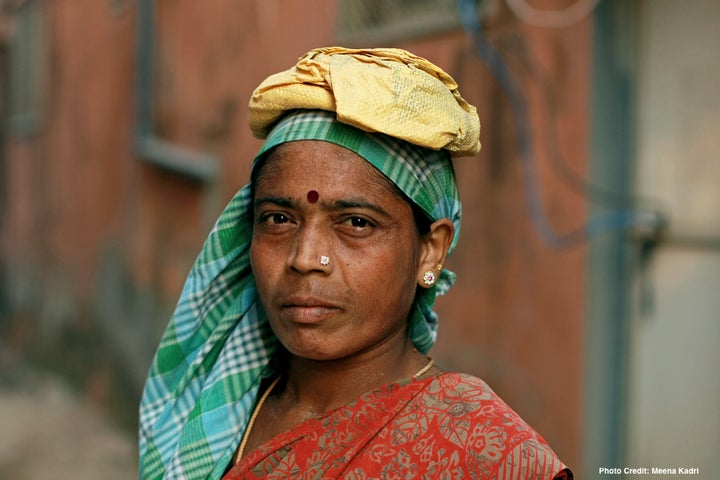This piece is co-authored by Ruchika Joshi, Associate at the JustJobs Network.

The history of International Women’s Day is a history of the working woman’s struggle. In fact, the earliest record of organized action by women is of hundreds garment and textile factory workers taking to the streets of New York in 1857. Except for the right to vote, their demands were the same as women’s demands today: higher wages and better working conditions.
More than a century later, the United Nation’s theme for this year’s Women’s Day – achieving gender equality in the world of work – presents an opportune moment for India to turn the spotlight on its structural exclusion of women from the workforce.
Despite an impressive average GDP growth rate of more than 7 percent in recent years, declining fertility rates and improving education outcomes, India’s women are, paradoxically, exiting the labor market. Only about one in four Indian women is working or looking for work – a rate comparable to countries like Saudi Arabia. In 2005, the rate was much higher, at 37 percent.
This isn’t just bad for women’s empowerment; it’s also a drag on the economy. A recent study found that complete gender parity in India could add nearly $2.9 trillion to the country’s annual gross domestic product (GDP) by 2025, a massive 60 percent more than if women’s participation stays constant.
As more women withdraw from the workforce, the reasons that kept workforce participation low in the first place – pervasive gender norms that restrict women to domestic and care work, and an adversarial labor market where they face discrimination, exploitation and sexual harassment – are only strengthened further. Stuck in a vicious cycle, the cost of breaking gender norms is too high for women compared to the benefits of participating in the economy, making clear the need for government intervention.
But the real surprise is that – despite reams of research published on low female workforce participation – there remains a dearth of strong, innovative policies to fix the problem.
While the government has pursued a range of initiatives – from training women in traditionally ‘feminine’ professions to experimenting with quotas in corporate boardrooms – its strategies lack the imagination to unlock the private sector’s potential to generate sustainable employment opportunities for India’s women. Policy vision must extend beyond funneling women into beautician courses.
First of all, the government should introduce concrete incentives for firms to hire more women. Too much of the current strategy relies on producing more skilled female workers, without addressing the demand side of the labor market. Countries like South Africa and Spain have pioneered youth wage subsidies. India could pilot the world’s first wage subsidy policy for women – where the state pays a portion of the salary earned by entry-level female workers.
Another example would be offering tax rebates to companies that achieve gender diversity targets – among all permanent employees and in positions of leadership. This could check another troublesome trend: companies hiring women on informal or precarious contracts.
The government must also take ambitious steps to make urbanization friendlier to women. Historically, most employed women were working in agriculture, but today, India’s economic transformation is causing men and women both to give up agrarian lifestyles. As the pace of urbanization intensifies and the government embarks on a “smart cities” mission, gender-sensitive infrastructure must be a top priority. This means hostels, crèches, public toilets and safe public transport geared toward women workers of all ages and occupations.
It’s not that Indian women don’t want to work. Data shows that nearly a third of women engaged primarily in housework would like some kind of a job. But women need a government that puts greater energy behind creating real opportunities for them in the labor market. With Twitterati promoting the hashtag #BeBoldForChange in support of this year’s Women’s Day campaign, it’s about time the Indian government takes a few bold steps of its own.
